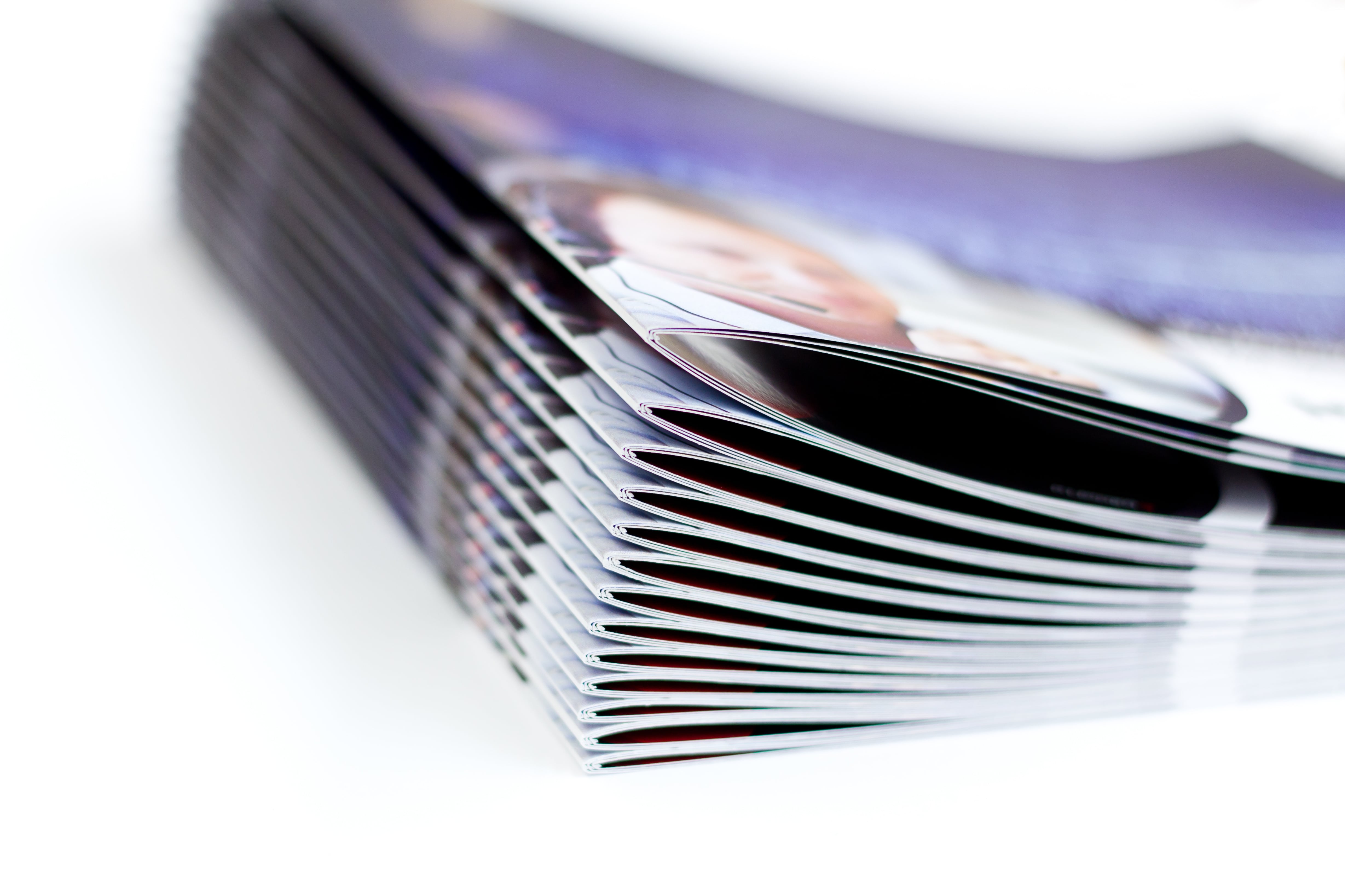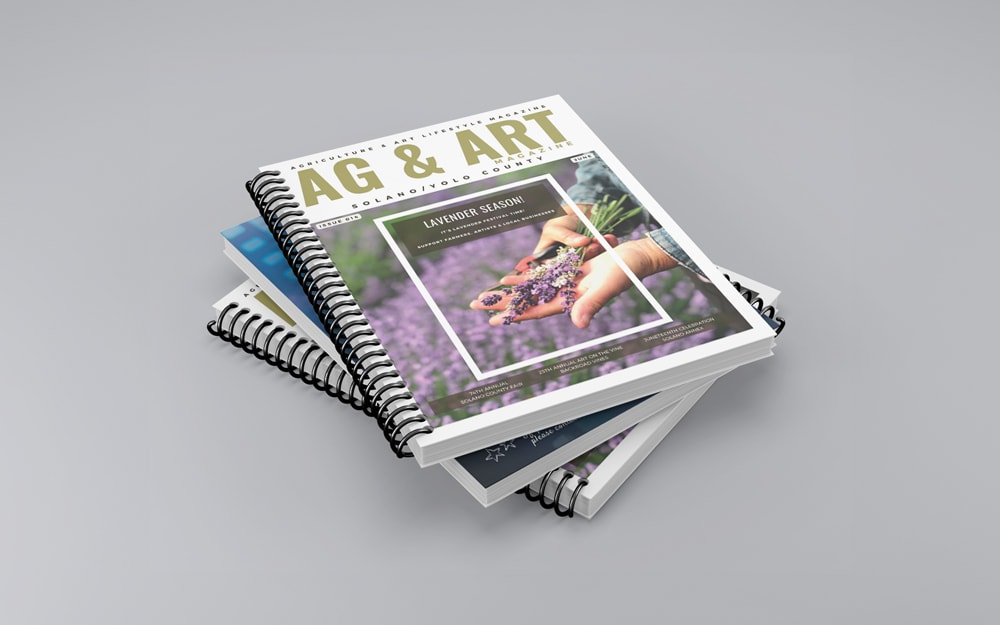How to Choose the Right Binding Style for Your Booklet Printing Needs
How to Choose the Right Binding Style for Your Booklet Printing Needs
Blog Article
The Vital Guide to Comprehending Brochure Printing Options and Techniques
The process of brochure printing includes several considerations that can considerably affect the last item. From choosing the appropriate layout and dimension to comprehending the nuances of binding approaches, each selection plays an essential function. In addition, aspects such as paper supply and printing techniques additional affect the efficiency of the brochure. As one navigates these choices, it becomes vital to comprehend exactly how they adjoin and what that means for the total result.
Comprehending Pamphlet Formats and Sizes
When thinking about brochure printing, comprehending the numerous styles and sizes readily available is necessary for accomplishing the wanted discussion. Booklets can be generated in numerous styles, consisting of saddle-stitched, spiral-bound, and perfect-bound, each offering distinctive benefits. Usual sizes vary from basic letter (8.5 x 11 inches) to smaller sized alternatives like A5 (5.8 x 8.3 inches), enabling adaptability based upon web content and target audience.Selecting the ideal size can affect both the design and viewers involvement. Bigger sizes could fit aesthetically driven content, while smaller sized layouts might be a lot more mobile and user-friendly. Furthermore, the number of pages influences the selection of binding technique, as thicker pamphlets may require stronger bindings. Eventually, comprehending these aspects allows for a more customized strategy, making sure that the end product lines up with the desired message and aesthetic, boosting the total performance of the interaction.
Choosing the Right Paper Supply

Binding Methods: Considerations and options
When it concerns binding techniques for pamphlets, numerous choices are available, each with unique advantages. Saddle stitch binding supplies a cost-effective remedy for thinner pamphlets, while excellent binding methods offer a more refined search for thicker magazines. Wire-O binding attracts attention for its longevity and simplicity of use, making it excellent for files that need adaptability.
Saddle Stitch Binding
Saddle stitch binding offers a cost-efficient and functional solution for putting together brochures, making it a prominent selection among organizations and publishers. This binding approach involves folding sheets of paper in half and stapling them along the fold line, creating a cool and orderly appearance. Normally ideal for booklets with a reduced page count, saddle sewing is suitable for publications, pamphlets, and training materials. The simplicity of this strategy allows for fast manufacturing and is often favored for brief runs or promotional products. It is crucial to note that saddle stitch binding may not be suitable for thicker brochures, as the spine might not hold up under raised weight. Overall, it remains a reliable choice for several printing projects.
Perfect Binding Strategies
Perfect binding is a commonly used technique that gives a polished and professional coating to pamphlets and magazines. This method entails gluing the pages together at the back using a solid adhesive, allowing for a clean edge and the ability to hold a bigger number of web pages contrasted to saddle stitching. Perfect binding is especially suitable for thicker brochures, such as directories and yearly reports, where a strong, level back is desired. In addition, it offers the option for a printed cover that can be made to enhance aesthetic allure. However, factors to consider such as web page count, paper weight, and the intended use of the pamphlet need to be taken right into account, as they can influence longevity and total top quality.
Wire-O Binding Options
Wire-O binding, known for its toughness and versatility, provides an exceptional option for brochures that need very easy web page turning and a specialist look. This binding method utilizes a series of metal loopholes that hold web pages firmly, allowing them to lie level when open. It is particularly suitable for manuals, discussions, and directories as a result of its robust nature. Wire-O binding is available in various shades and sizes, suiting different web page counts and densities. Additionally, it allows the inclusion of covers and tabs, boosting the booklet's total visual. Considerations for Wire-O binding include the option of cord shade, the size of the loopholes, and the level of personalization preferred, every one of which can exceptionally affect the final item's look and capability.
Digital vs. Offset Printing: Which Is Best for You?
When choosing a printing technique for brochures, comprehending the differences in between electronic and balance out printing is necessary. Digital printing uses modern technology to create high-grade prints swiftly and economically, making it ideal for short runs or jobs needing fast turn-around times. It enables personalization, giving the ability to publish on-demand with very little waste.In contrast, balance out printing is a standard approach that excels in creating big amounts with constant top quality. It includes moving go to my blog ink from a plate to a rubber blanket, then to the paper, which leads to precise details and dynamic shades. Counter printing usually calls for longer configuration times and is more affordable for larger volumes.Ultimately, the selection in between digital and counter printing depends on task requirements, budget plan, and preferred amount. For tiny, time-sensitive tasks, digital might be the very best choice, while countered might be more effective for larger, top notch productions.

Designing Your Booklet: Tips and Finest Practices
When creating a booklet, careful focus to format, typeface choice, and color use can greatly enhance its performance. A well-structured layout guides the reader's eye, while appropriate fonts ensure readability and convey the desired tone. Furthermore, efficient usage of shade can stimulate feelings and emphasize key details, making the overall layout more impactful.
Selecting the Right Layout
How can one effectively select the best format for a booklet? It is vital to examine the pamphlet's objective and target audience. A tidy, organized design boosts readability and involvement. Utilizing a grid system can assist in lining up aspects continually, developing a professional appearance. Furthermore, including aesthetic power structure through varying dimensions and placements of photos and text can assist the visitor's eye and emphasize essential information. It is also crucial to leave sufficient white space, which prevents overcrowding and enables far better emphasis. Testing different designs with mock-ups can give insight right into exactly how the style does in real-world scenarios, making sure that the final product fulfills both aesthetic and functional demands.
Choosing Appropriate Typefaces
A well-chosen font style can greatly boost the total style of a booklet, matching the layout and reinforcing the web content's message. The option of typefaces need to think about readability, specifically for body text, as it ensures the details is easily accessible to all viewers. Sans-serif fonts my blog are commonly preferred for digital formats, while serif font styles can lend a conventional feel in published materials. It's recommended to limit font choices to 2 or three to preserve visual comprehensibility. Additionally, font style dimension plays an essential function; headings ought to be unique but not overwhelming, while body message must fit for reading. When choosing fonts, alignment with the brochure's motif and target audience is essential for reliable interaction and aesthetic charm.
Reliable Use Color
Shade acts as a powerful device in brochure layout, forming assumptions and assisting visitor emotions. It can stimulate feelings of peace, trust, or excitement, relying on the shades chosen. Designers need to consider shade theory concepts, making sure that the selected scheme straightens with the brochure's message and target audience. As an example, making use of cozy shades like red and orange can produce urgency, while cooler tones like blue and green foster tranquility.Additionally, comparison plays a crucial duty; complementary shades can enhance readability and aesthetic charm. Uniformity in shade usage throughout pages even more enhances brand identity and communication. Ultimately, efficient color execution not just catches focus but likewise strengthens the booklet's purpose, making it an essential aspect of effective design.
Completing Touches: Coatings and Unique Results
While many consider the material and layout of a booklet one of the most critical aspects, the finishing touches, such as finishings and unique impacts, play an important duty in improving its general charm. Coatings can provide protection and resilience, making certain that the booklet stands up to wear and tear. Matte coatings offer an innovative, non-reflective surface, while shiny coverings can make shades appear more vibrant and attractive. Unique impacts, like embossing or aluminum foil marking, add a tactile dimension that can produce a memorable perception. These methods can highlight specific areas, accentuating crucial info or developing aesthetic rate of interest. Additionally, UV finishing can supply a high-shine surface that elevates the general look.Together, these completing touches not only improve the booklet's aesthetic however also connect professionalism and trust and focus to information, inevitably leaving a long lasting effect on the visitor.
Expense Factors To Consider for Pamphlet Printing
Comprehending the numerous expense factors to consider for brochure printing is important for companies and businesses intending to optimize their budget plans. Trick variables affecting expenses consist of the choice of binding, ink, and paper techniques. Better materials, such as why not check here premium paper or specialized inks, typically enhance the overall expenditure. In addition, the dimension and page count of the brochure play a considerable duty; bigger booklets call for even more sources and time to produce.Another essential factor to consider is the printing method, whether electronic or countered, as each has its very own pricing structure and suitability for different amounts. Services must also factor in style expenses, which can differ based on intricacy and making use of professional services. Inevitably, delivery and handling costs can contribute to the total, especially for big orders. By evaluating these aspects, companies can make educated choices that straighten with their monetary capabilities while achieving the preferred high quality in their published products.
Regularly Asked Inquiries
What Are the Ecological Effects of Pamphlet Printing?
The environmental effects of booklet printing consist of deforestation from paper production, carbon exhausts from transport, and waste generation from thrown out materials - Booklet Printing. Lasting techniques, such as making use of recycled paper and environment-friendly inks, can mitigate these effects
Just How Can I Make Certain Shade Precision in My Pamphlet?
To assure shade precision in a brochure, one should make use of calibrated displays, use expert color accounts, perform test prints, and pick top notch printing services that offer shade matching and proofing choices for ideal results.
What Is the Common Turnaround Time for Brochure Printing?
The regular turn-around time for brochure printing varies depending upon the intricacy and amount - Booklet Printing. Normally, it ranges from a couple of days to two weeks, influenced by variables such as printing approaches and ending up needs
Exist Minimum Order Quantities for Pamphlet Printing?

Can I Print Booklets in Numerous Languages?
Publishing booklets in numerous languages is feasible. Lots of printing solutions use alternatives for multilingual or bilingual layouts, enabling effective interaction. Careful preparation guarantees that make components fit various languages without jeopardizing readability or aesthetics. Furthermore, aspects such as paper stock and printing methods more affect the performance of the pamphlet. When thinking about pamphlet printing, understanding the various styles and dimensions offered is essential for accomplishing the desired discussion. When picking a printing method for brochures, recognizing the differences in between digital and counter printing is crucial. Furthermore, the size and web page count of the pamphlet play a substantial duty; bigger brochures require even more sources and time to produce.Another crucial factor to consider is the printing method, whether electronic or countered, as each has its very own prices framework and viability for various amounts. The environmental effects of booklet printing include logging from paper manufacturing, carbon emissions from transportation, and waste generation from discarded products.
Report this page